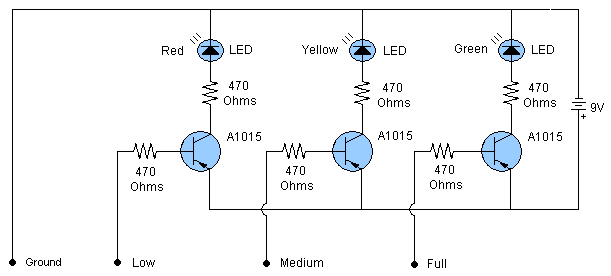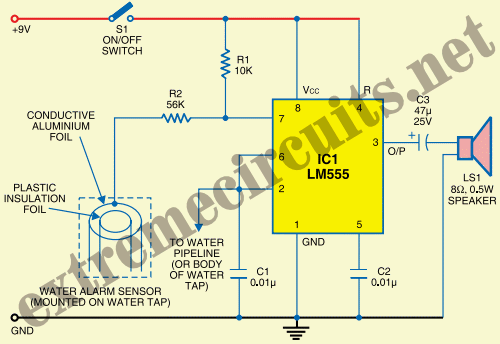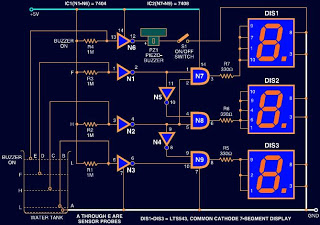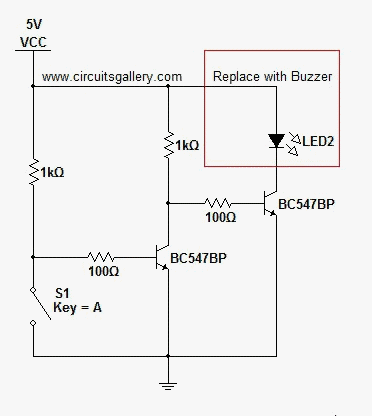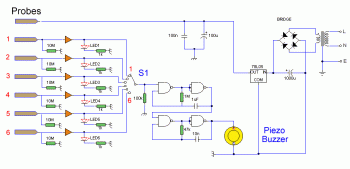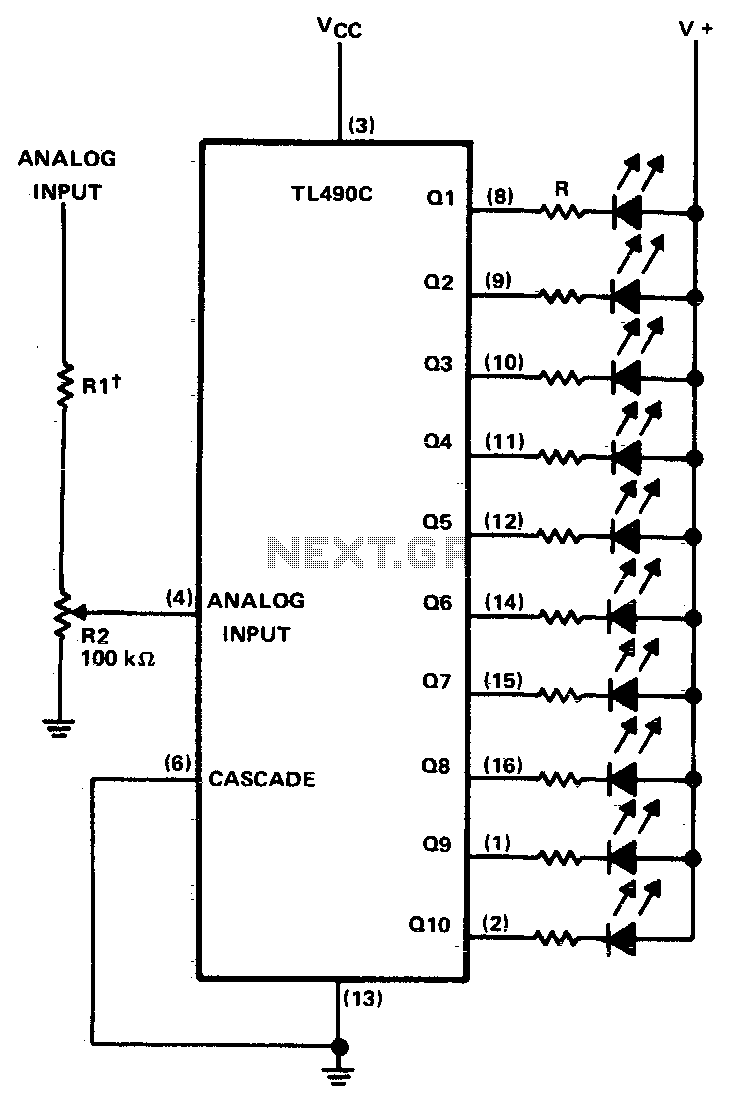
Embedded Web Server for Water Level Monitoring
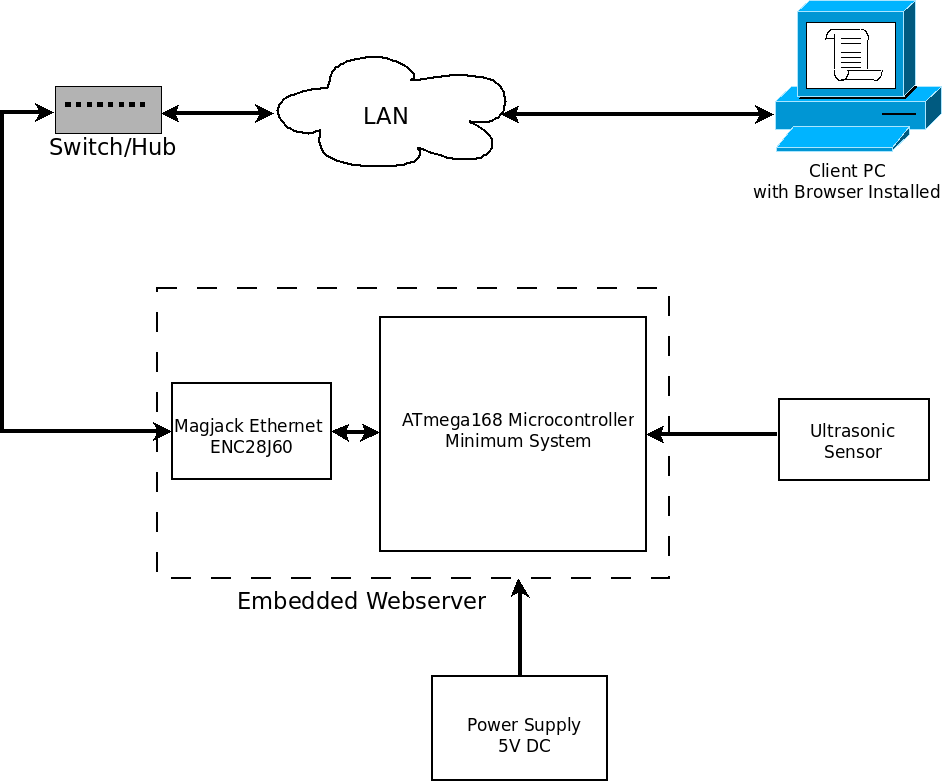
Throughout this year, significant attention has been dedicated to the development of an embedded web server device, a concept that has long been envisioned. This idea is not entirely original; it builds upon existing developments and references available on various websites focused on embedded systems. The unique aspect of this project is the creation of an embedded web server specifically for water level monitoring, in contrast to the more commonly discussed topics of temperature monitoring, humidity control, and relay management found on other platforms. The focus of this post is on the hardware aspect, particularly in the context of industrial applications.
The embedded web server device designed for water level monitoring incorporates several critical components to ensure effective operation. At its core, the device utilizes a microcontroller with integrated Wi-Fi capabilities, such as the ESP8266 or ESP32, which allows for seamless connectivity and remote access to the water level data. The microcontroller interfaces with an ultrasonic distance sensor, such as the HC-SR04, which accurately measures the distance to the water surface. This sensor operates by emitting ultrasonic waves and calculating the time taken for the echo to return, thereby determining the water level.
Power management is critical for the device, especially in remote locations. A voltage regulator is employed to ensure stable power supply to the microcontroller and sensors. Additionally, a battery management system may be integrated to support rechargeable batteries, enhancing the device's sustainability and longevity.
The embedded web server hosts a simple user interface accessible through a web browser, allowing users to monitor real-time water levels. The server is programmed using a lightweight web framework, which facilitates the creation of responsive web pages. Data is transmitted from the sensor to the server, which processes and displays the information in a user-friendly format.
For industrial applications, the device can be further enhanced with features such as alert systems that notify users when water levels reach critical thresholds. This can be achieved through the integration of a buzzer or sending notifications via email or SMS.
In summary, the embedded web server device for water level monitoring represents an innovative approach to utilizing existing technologies for a specific application. Its design focuses on reliability, ease of use, and the ability to operate in various industrial environments, making it a valuable tool for effective water management.Whole of this year I was preoccupied with the realization of an idea that has long been entrenched in the head, which is designing an embedded webserver device. Actually this is not the original idea of my own thoughts, rather than existing development where there are many references on some sites about embedded systems. The difference is that i made this embedded webserver device for water level monitoring, while in several other sites mostly discusses the problem of temperature monitoring, humidity, and relays control.
The subject in this post is on the hardware side. Sometimes in industrial field. 🔗 External reference
The embedded web server device designed for water level monitoring incorporates several critical components to ensure effective operation. At its core, the device utilizes a microcontroller with integrated Wi-Fi capabilities, such as the ESP8266 or ESP32, which allows for seamless connectivity and remote access to the water level data. The microcontroller interfaces with an ultrasonic distance sensor, such as the HC-SR04, which accurately measures the distance to the water surface. This sensor operates by emitting ultrasonic waves and calculating the time taken for the echo to return, thereby determining the water level.
Power management is critical for the device, especially in remote locations. A voltage regulator is employed to ensure stable power supply to the microcontroller and sensors. Additionally, a battery management system may be integrated to support rechargeable batteries, enhancing the device's sustainability and longevity.
The embedded web server hosts a simple user interface accessible through a web browser, allowing users to monitor real-time water levels. The server is programmed using a lightweight web framework, which facilitates the creation of responsive web pages. Data is transmitted from the sensor to the server, which processes and displays the information in a user-friendly format.
For industrial applications, the device can be further enhanced with features such as alert systems that notify users when water levels reach critical thresholds. This can be achieved through the integration of a buzzer or sending notifications via email or SMS.
In summary, the embedded web server device for water level monitoring represents an innovative approach to utilizing existing technologies for a specific application. Its design focuses on reliability, ease of use, and the ability to operate in various industrial environments, making it a valuable tool for effective water management.Whole of this year I was preoccupied with the realization of an idea that has long been entrenched in the head, which is designing an embedded webserver device. Actually this is not the original idea of my own thoughts, rather than existing development where there are many references on some sites about embedded systems. The difference is that i made this embedded webserver device for water level monitoring, while in several other sites mostly discusses the problem of temperature monitoring, humidity, and relays control.
The subject in this post is on the hardware side. Sometimes in industrial field. 🔗 External reference
